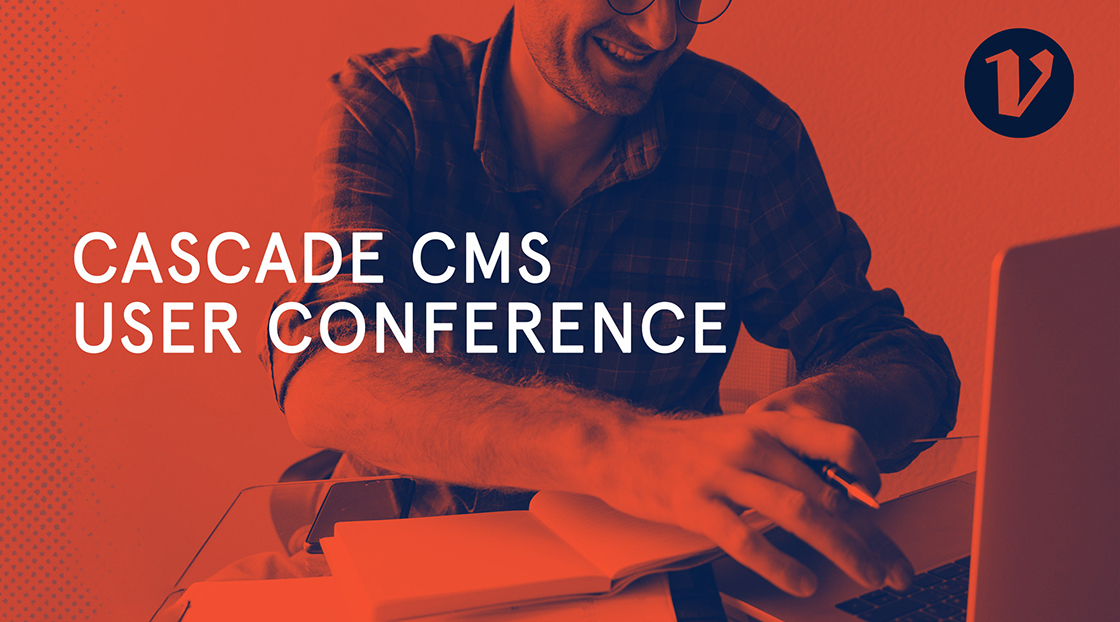Over three days, Feb. 20-22, Hannon Hill’s 2024 Cascade CMS User Conference explored the ins and outs of the content management system through a smattering of sessions led by members of the Cascade community.
Roughly 350 individuals from more than 150 organizations attended virtually, making the 17th annual event the largest Cascade CMS User Conference to date.
In her welcome message, Hannon Hill CEO Kat Liendgens told attendees that she hoped the conference would “ignite your creativity, broaden your skill set and really help you maximize the benefits of Cascade for your entire organization.”
Two session tracks were available to participants, one focused on technical mastery of the CMS and the other on marketing. Here are two takeaways from each track.









